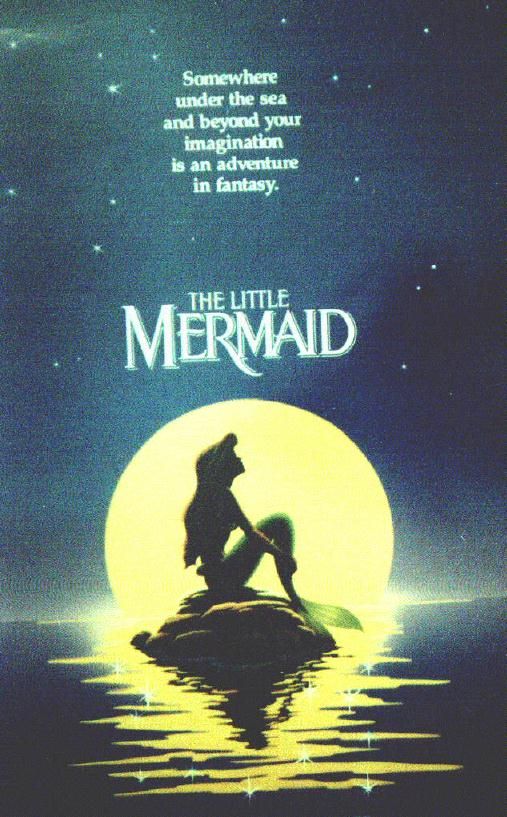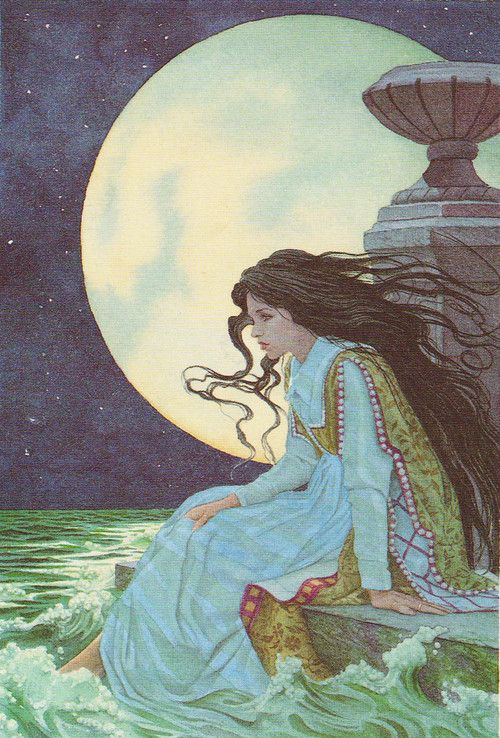
‘The Little Mermaid’ is a fairy tale from the Hans Christian Anderson collection, and perhaps most famously known as the loosely based Disney animated film, which has equally enchanted audiences and readers around the world.
It is a story about a young mermaid princess, who wants more from her life and escape her limitations. Having fallen for and saving a human prince from drowning, she makes a bargain with a sea witch. She gives her voice away for two legs, and needs to have her feeling returned or else perish with the rising sun. Not to be loved and not to attain a soul. She chooses to be the self-sacrificing person and even if she doesn’t the prince, she gets what she truly wants, a soul.
‘The little Mermaid’ in the simplest form is a recount of unrequited love. It’s about not getting what you want, perhaps a selfish or greedy journey, but what stands out is the emotional investment and the sacrifices that go in the way for that dream. It is something that speaks to the private feelings of the personal lives of people, who hide their hurt, and make way by sublimation, by destroying the past. But the young girl does with all her desire, all her pain, does not let the bitterness or defeat corrupt her.
In that sense the story is more of a hero’s journey, of self actualization, a path for a painful loss of innocence and change. It is both tragic and beautiful, because she gets what she wants just not how she wanted it.
The story may not always be a feminist favorite, since she willingly leaves everything for a man, and her love involves a lot of suffering and she doesn’t get what she wants, which narratively contrasts with how male characters are able to pine for a get the girl. Symbolically also the color red is associated with the male in the story. The coral around the statue that the mermaid idolizes is a bright red, and when she dies the sun is a burning red flame, showing a victory or overpowering of the male over the female. People also generally take issue with the protagonist being a questionable role model, stating she is silly, for giving up her life. They take issue with the fact she runs away from home, falls in love with someone she doesn’t know and par takes in black magic. So obviously conservative society and parents don’t want their daughters doing the same.
I personally don’t feel that way. I think what Anderson did was inverse a generally anti-woman trope into something humane and heart-felt. He turned Sirens into mermaids. A siren is basically the sea version of what witches were on land, the images and lives of women demonized and disrespected through the male gaze. Be it Medusa, Homer’s fight with the sea witches or general stories of sailors being brought down to death at the voices of bewitching sirens, it’s hard to see how female sexuality and romantic feelings have always been seen as something worthy of punishment. And they in the biblical sense must be cursed and become a symbol for all other women to not do the same. And that it only men who can actively battle and fight for love, that also outside the consent or control of the women that they love. They must fight those in their way and she must accept the victor, because he is the winner. Not because she can decide for herself.

‘The little Mermaid’ does not exist in the same context. Here is have a child who will through her encounter with the world become who she was always meant to be. She is not evil, wicked or filled with any jealous intentions, she is just young, innocent and in love. Instead of bringing the prince down to die, she saves him from death, but is not recognized for it. There is a selfless quality in her actions. And even when she leaves her family, home and makes a deal with the devil, we forgive her. We don’t feel the need to watch her pay for her sins, because she is brave enough to willfully suffer if she is able to be with the boy she comes to love. Every step she takes with human legs is like walking on knives, and without a voice she is unable to confess her feelings. And when is left out in the cold by the prince she still decides to spare him his life, for her character and her spirit out ways his ignorance and existence. The heavens at last do not strike her for having a heart but it blesses her. She becomes an angel like being, literally rising above the mess.

The story overall has very strong Eco-feminist tones to it. The girl is raised by her wise grandmother, who makes sure the child gets her education. She has older sisters to look up to, she is able to get legs through a sea witch. The women dominate the story, and the only place we feel a lack feminine care, is that the mermaid does not have a mother, and that she has this obvious fascination and love for the male spectacle. This also follows the mermaid as a character who is able to transcend all the divided parts of society, probably because she wants to actually more than what society deems acceptable.She moves from the sea, to the land and finally to the ethereal realm.
It is a story of dynamic magic, transformation, growth and following one’s dream and being what we all are as young star-crossed people. We are alone in our personal battles against destiny.



